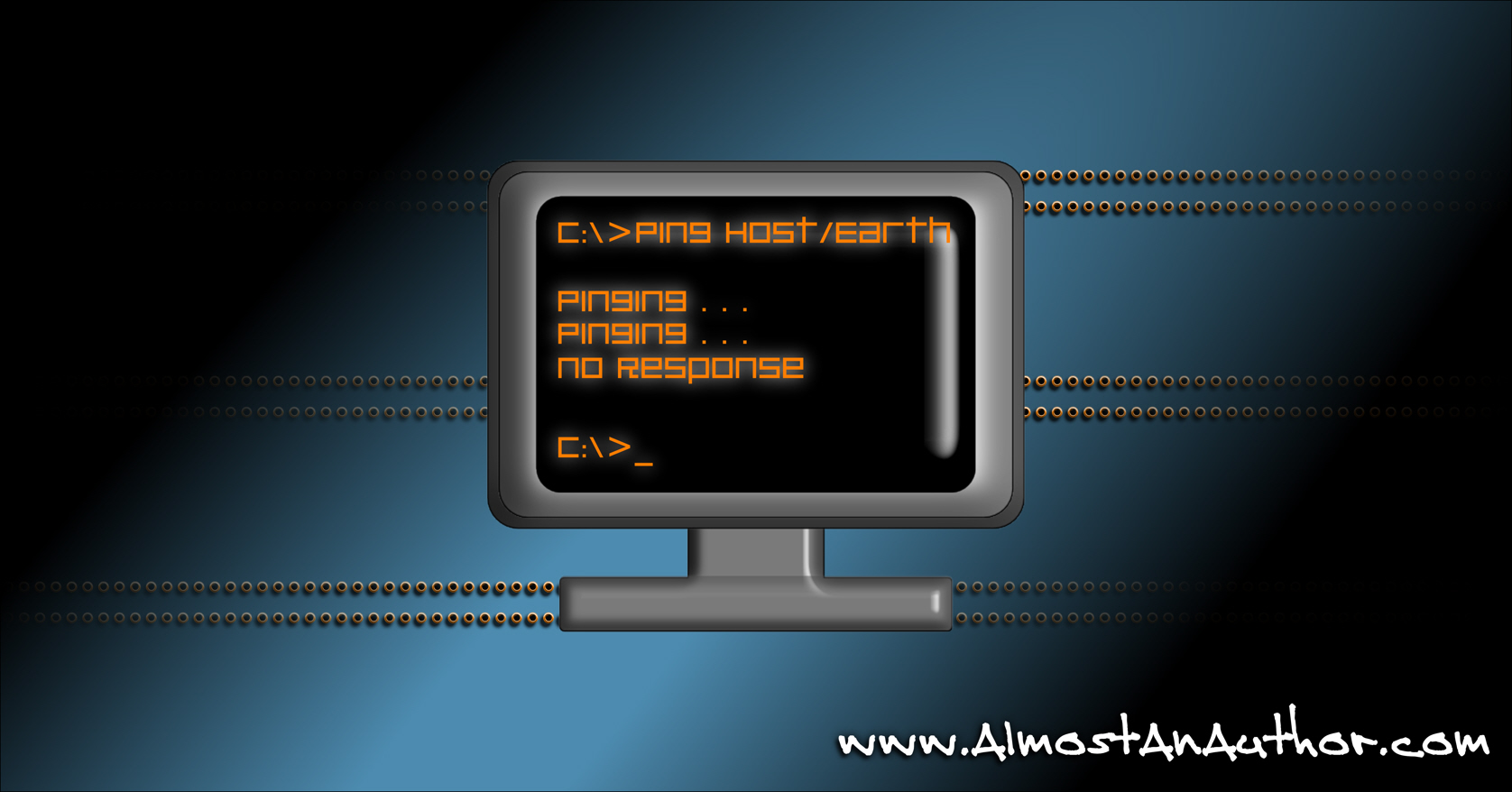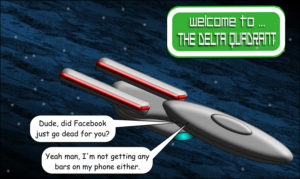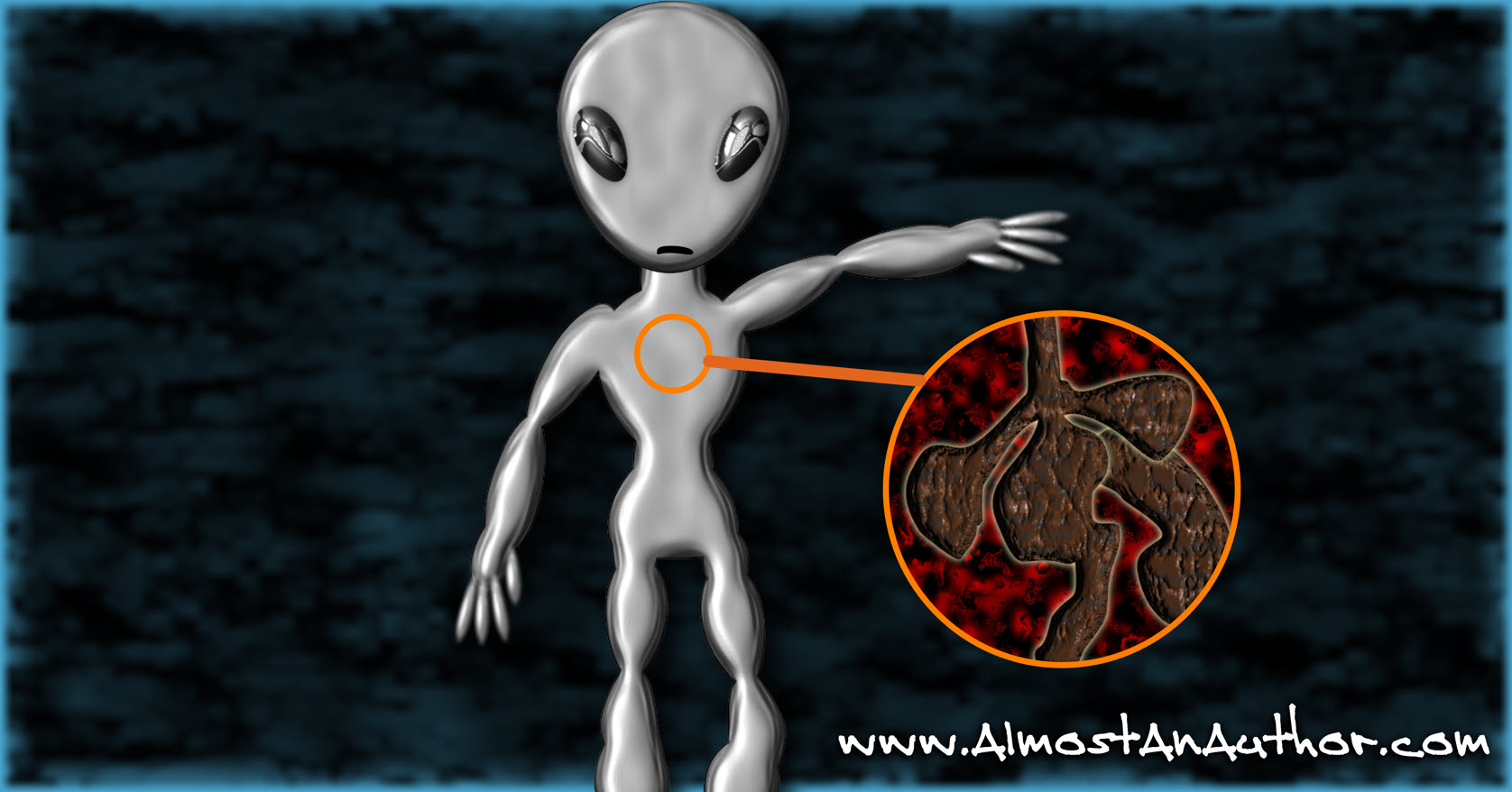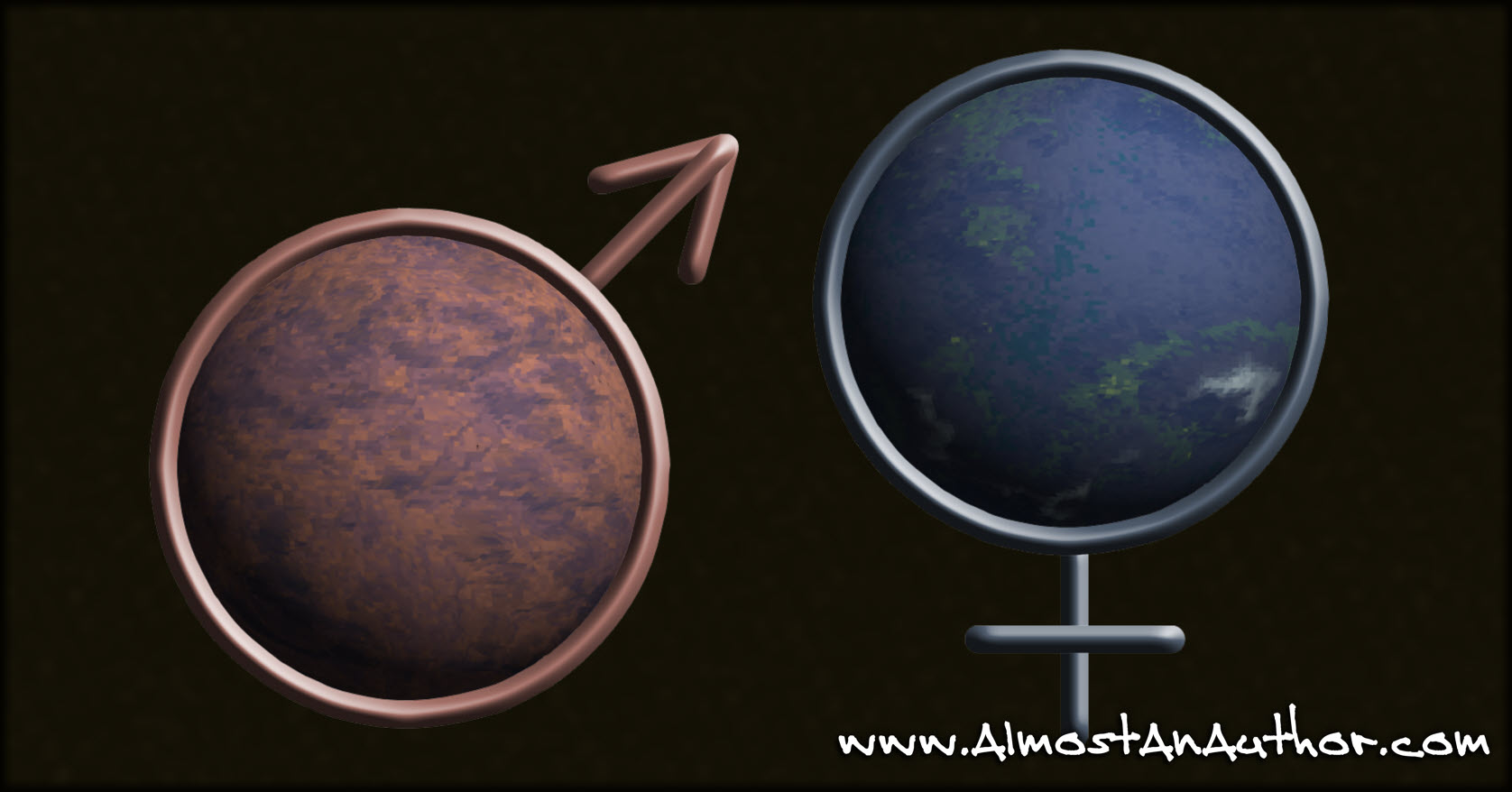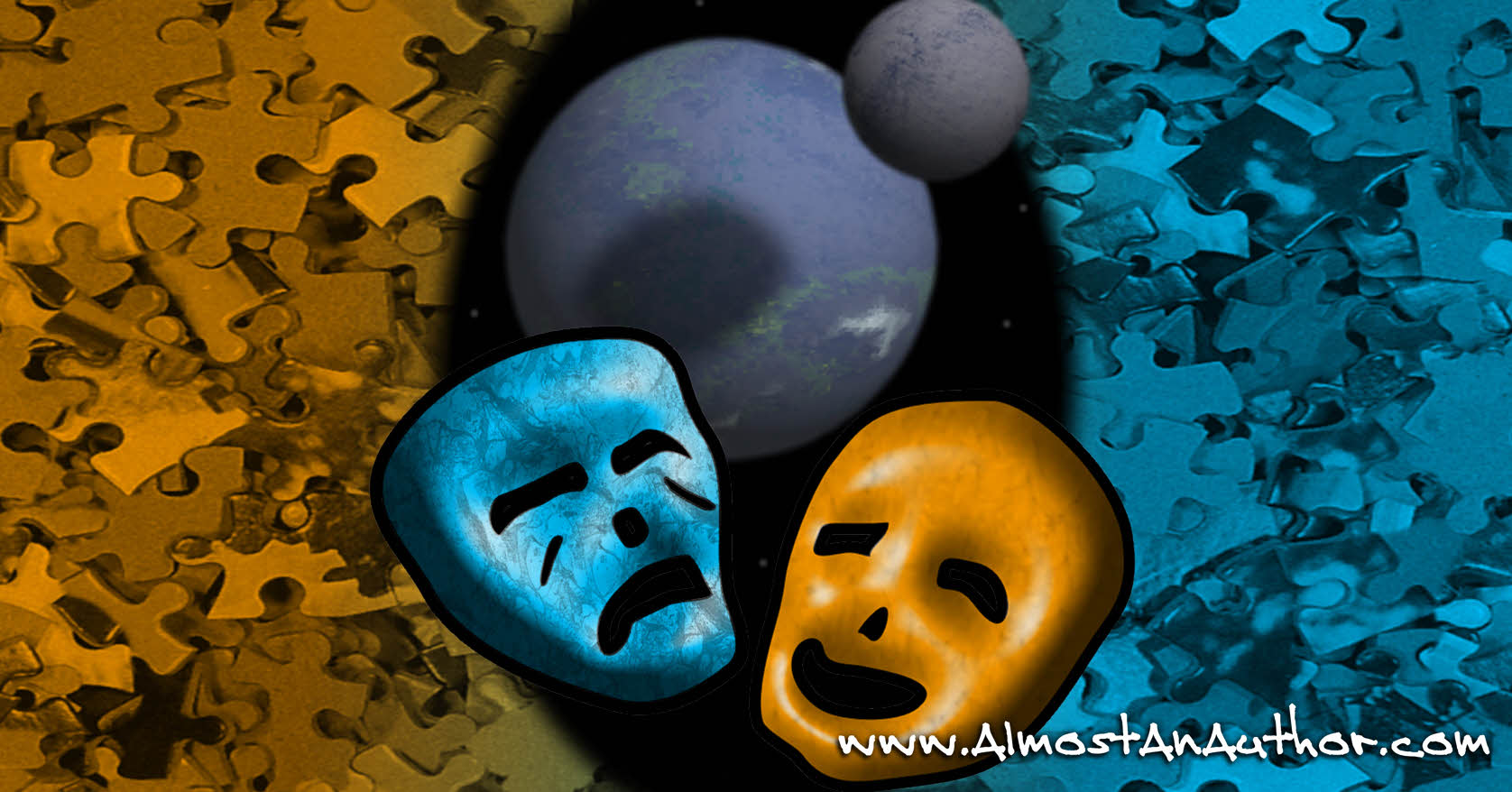Last month we discussed various methods of communication in a fantasy realm. The general idea was that you can’t assume instantaneous messages between distant cities unless you develop a method of doing so. But can you assume immediate message delivery in a science fiction story?
The 21st century is a time of information overdrive. Not only will important news on one side of the planet be known instantly on another, but trivial things like status updates and kitten memes can be viewed with virtually zero lag. We can take this immediacy for granted and once again fall into the trap of thinking that interstellar communication will be exactly like it is now on Earth. Not necessarily so.
To give some perspective, Earth’s nearest neighbor is Alpha Centauri. The closest star of this triple system is Proxima Centauri, situated a cozy 4.24 light years from us. That means that radio waves which travel at light speed, will take over four years to travel between our two systems. Currently there is no method of sending messages any faster, and numerous scientists have posited that there never will be.
That may stop science, but it doesn’t need to stop literature! Chances are likely that your space novel also has some method of faster-than-light (FTL) travel, which is also theoretically impossible. As fiction writers we can bend reality a bit to facilitate story delivery, and this may be an area in which you need to do so. Here are some quasi-scientific methods for you to get around this problem.
If you want to maintain a degree of information lag in your novel in order to maintain or build suspense, you could force your characters to physically go between star systems with FTL travel. This will make the speed of information in your novel akin to our colonial era, taking months to deliver noteworthy messages. Also, information can easily be blockaded by simply preventing ship travel.
If you want to speed things up a bit or just make them more interesting, you could force your characters to make use of technology that has limited availability. In the Battletech universe, Hyperpulse Generators (HPGs) were stationed on virtually all worlds and maintained by a mysterious, semi-religious organization. Interstellar communication thus relied on the good graces or financial incentives given to this group, but a tension always existed between the various political factions and this supposedly neutral cult. Again, great for building storyworld tension.
In Star Trek, “subspace relays” were placed throughout known space to allow near-instantaneous communication. However, the response time of messages varied depending on the vessels’ proximity to one of these relays. Thus the crew of Voyager, stuck in an untouched part of the universe, was completely incommunicado to Starfleet command. The video game Mass Effect also incorporated a similar method of communication (using “comm buoys”), but also prevented FTL communication during FTL travel. This made for some interesting plot moments that only occurred when the Normandy SR1 returned to real space.
Finally, if you absolutely need everyone to talk to one another in real time, there’s the ansible option. This is basically a nerd word for a near-magical device that breaks all the rules of physics and allows for instant, long distance communication. The ansible is seen in The Dispossessed, Ender���s Game, Wrinkle in Time, and various other sci-fi novels. Sometimes it is named as such, sometimes it has a fancier name. Scientists have theorized quantum entanglement might be used to create a real ansible device, but there are presently some physical limitations with those theories.
As I seem to end most of my articles, I’ll encourage you not to feel overwhelmed. Strict scientific limitations need not be imposed on your story. If your story requires instant communications, you can make something up to allow for it. If you need slow communications, you can do that. The trick is to craft a storyworld that facilitates your story, and make the elements that comprise that story interesting and believable.

